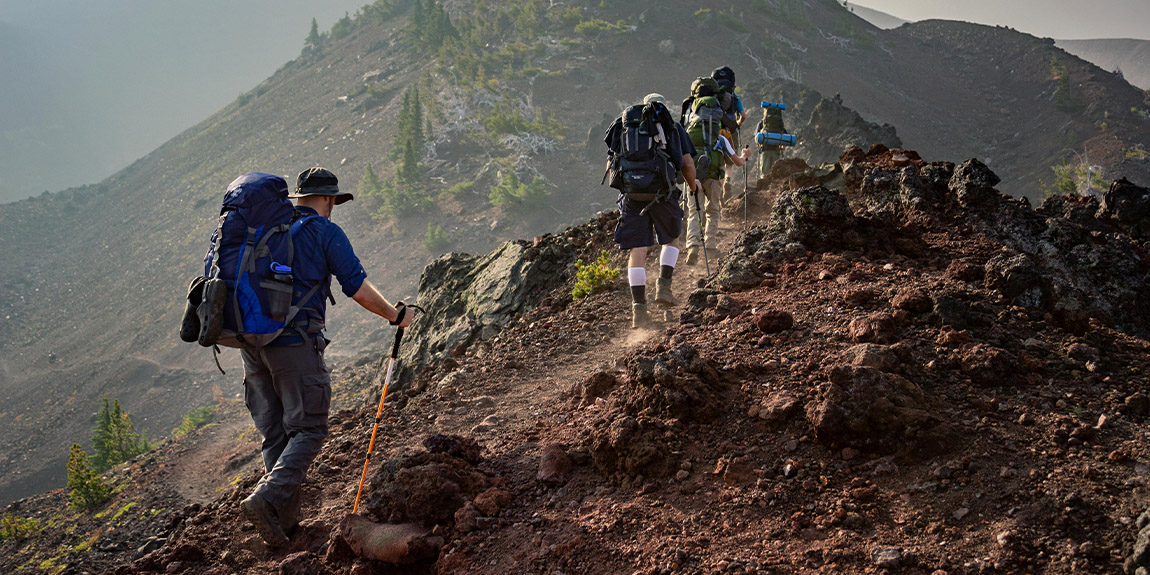
Embarking on a solo backpacking trip offers unique rewards but also necessitates heightened awareness of safety protocols. Without a companion, self-reliance becomes paramount, meaning a thorough pre-trip assessment of your skills, physical condition, and the chosen route is essential. Always share your itinerary, including expected return dates and emergency contacts, with a trusted person who is not on the trip.
Carrying appropriate communication devices, such as a satellite messenger or personal locator beacon (PLB), is crucial for summoning help in areas without cell service. These devices can be lifesavers in emergencies. Furthermore, developing strong navigational skills is vital; being able to read a map and compass proficiently, even with a GPS device, ensures you can always find your way.
Finally, a comprehensive first-aid kit, along with the knowledge of how to use it for common backcountry injuries, is non-negotiable. It’s also wise to pack extra food and water beyond your expected needs, providing a buffer in case of unexpected delays or emergencies. Being prepared for self-rescue and self-sufficiency is the cornerstone of safe solo backpacking.
- Share Your Itinerary Inform a trusted contact about your route and expected return.
- Carry Communication Devices Pack a satellite messenger or PLB for emergency contact.
- Master Navigation Skills Be proficient with a map and compass, even with GPS.
- Comprehensive First-Aid Kit Carry a well-stocked kit and know how to use its contents.
- Pack Extra Supplies Bring additional food and water for unexpected situations.
For More Information Please Visit: SoloTravelerWorld.com | WomensAdventureMagazine.com









